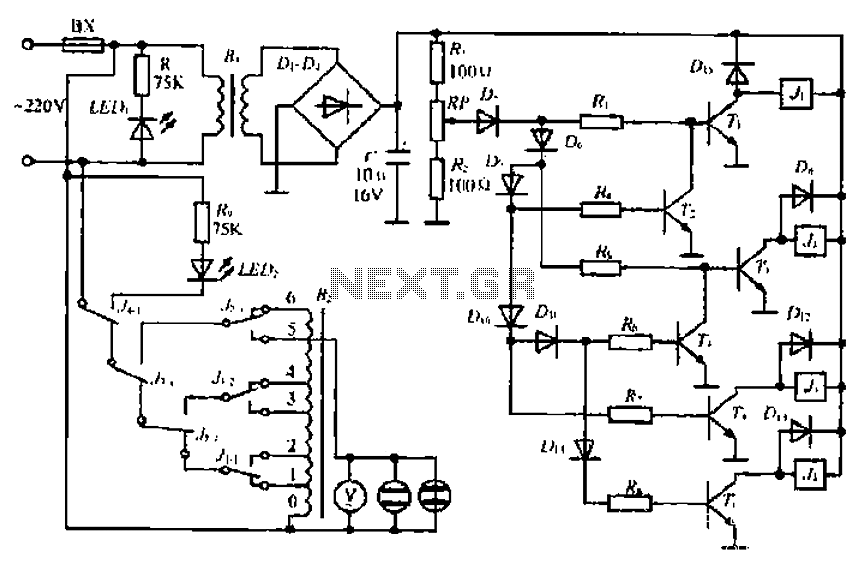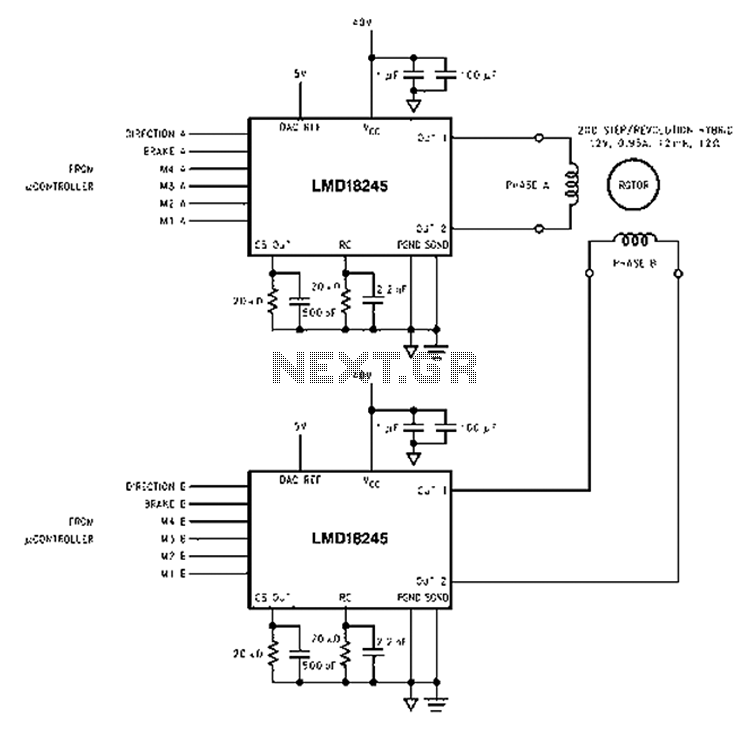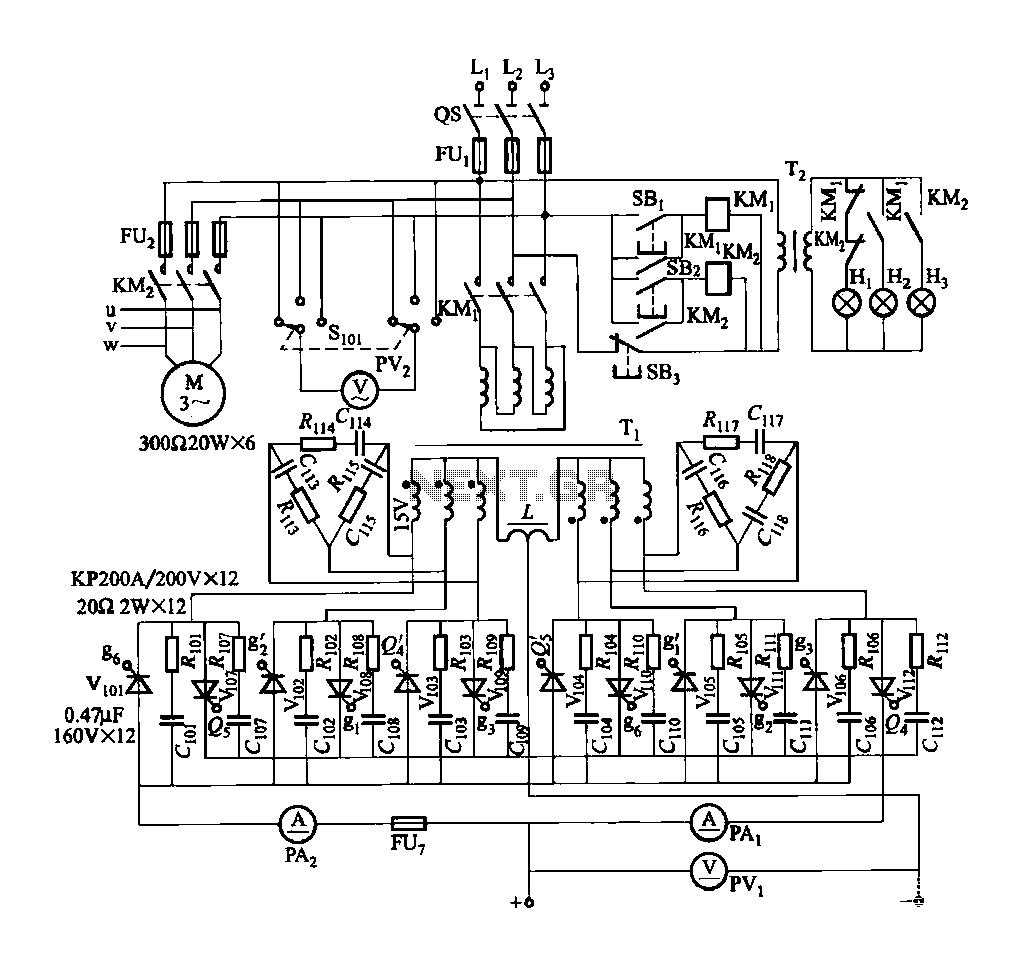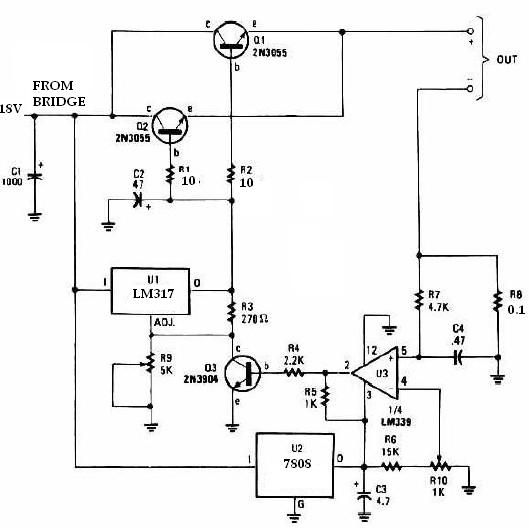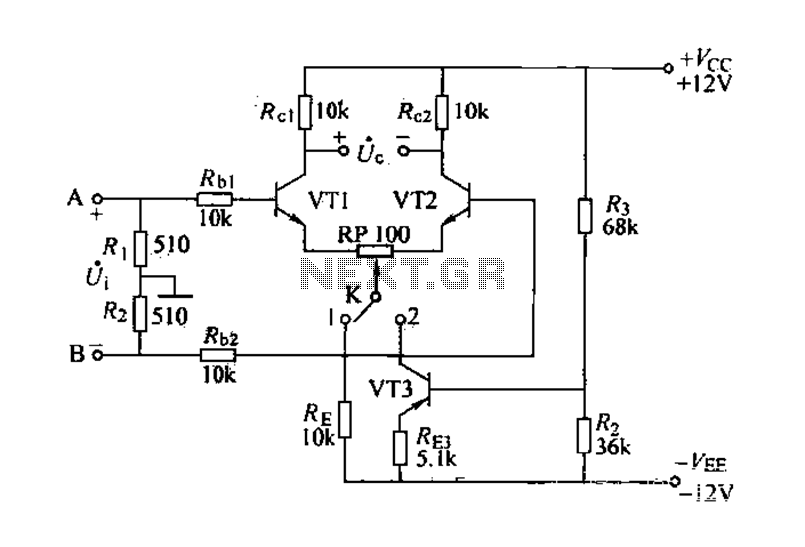
Amplifier circuit from tube radio
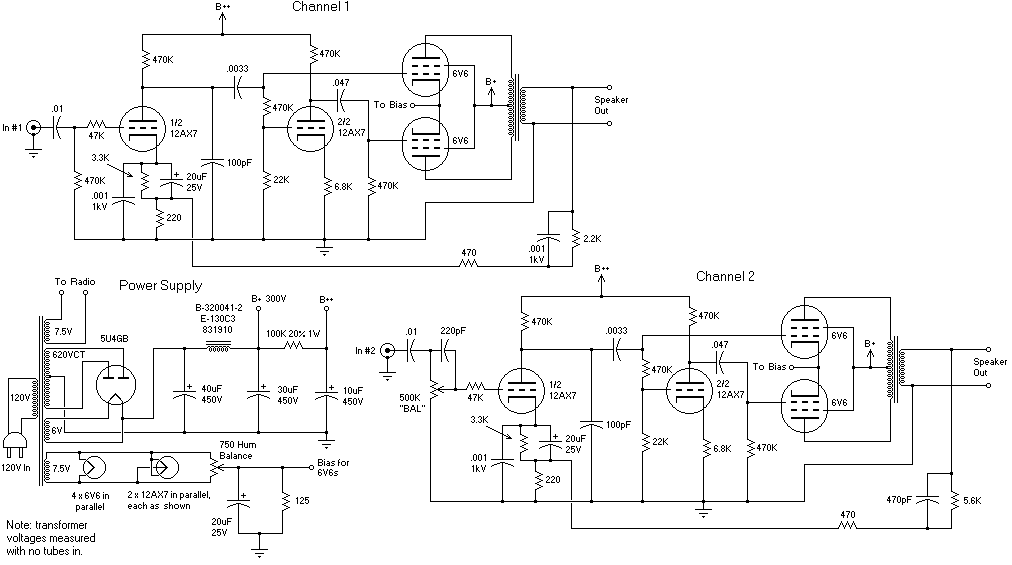
The recommendation regarding the existing phono connector is to maintain its current configuration without making significant alterations. The procedure involves replacing the electrolytic and paper capacitors, adding a three-wire line cord, and utilizing the radio in its original state. The radio's selector switch likely includes an "Aux" or "Phono" input that allows the external audio source to be routed through the existing audio amplification circuit. If a complete rebuild is considered (which may not be essential), it is suggested to connect to the 6SN7 gain/phase-splitter stage and bypass the remainder of the audio pathway. Regarding the power transformer, its capability to support a second audio channel is uncertain. If the output is converted to a single-ended configuration, it may be feasible. However, it is improbable that the transformer possesses sufficient capacity to accommodate an additional push-pull output stage. Implementing a second channel would entail significant modifications, which is not a trivial undertaking. Many effective designs are available online for reference, but at that juncture, it may be more practical to sell the Viking as an antique and invest the proceeds in a more suitable new amplifier. Selling this equipment in Calgary poses challenges, as prices tend to be higher in Canada compared to the U.S. Purchasing an amplifier kit could be prohibitively expensive, especially with shipping costs, making it more advantageous to utilize existing components to construct a new amplifier from the ground up, including a new chassis.
The existing phono connector in the radio setup is to be preserved, ensuring that the original functionality remains intact. The maintenance process focuses on replacing aging electrolytic and paper capacitors, which are critical for the performance and reliability of the audio circuitry. The addition of a three-wire line cord enhances safety and connectivity, allowing for a more stable power supply. The selector switch's "Aux" or "Phono" input is instrumental in integrating external audio sources into the existing amplification system, facilitating an expanded range of audio playback options.
In the event that a complete rebuild is pursued, the recommendation to access the 6SN7 gain/phase-splitter stage is significant. This stage plays a crucial role in audio signal processing, and tapping into it while bypassing the remaining audio path could yield a more refined audio output without the complexities introduced by the full circuit.
The power transformer’s capability to support additional channels is a critical consideration. Its specifications must be examined to determine if it can handle the increased load from a second audio channel. Converting the output to a single-ended design may alleviate some of the strain on the transformer, though the feasibility of this approach depends on the original design parameters and the transformer's specifications.
The prospect of adding a second push-pull output stage is daunting, as it requires substantial modifications to the existing circuitry and might not be achievable with the current transformer. This level of alteration is categorized as a major change, necessitating careful planning and execution.
For those contemplating such modifications, extensive resources are available online, showcasing various designs and approaches. However, it may be prudent to consider the practicality of selling the Viking as an antique. The market dynamics in Calgary, characterized by higher prices in comparison to the U.S., present challenges for selling vintage audio equipment. The option to purchase an amplifier kit should be evaluated with caution due to potential high costs and shipping expenses. A more feasible alternative may involve repurposing existing components to create a new amplifier from scratch, including designing a new chassis, which can provide a custom solution tailored to specific audio requirements.The comment on using the existing phono connector was to not really change anything at all. Just replace the electrolytic and paper caps, add the 3-wire line cord and use the radio as-is. The selector switch on the radio probably has an "Aux" or "Phono" input that switches the external audio input through the existing audio amp circuit. If you dec ide to do a rebuild (which doesn`t seem necessary), then my suggestion would be to tap into the 6SN7 gain/phase-splitter stage and not use the rest of the audio path. As far as the power transformer goes, I couldn`t say whether it is sufficient to power a second audio channel.
If you convert the output to single-ended, possibly. Unlikely if the transformer has enough margin to add a second PP output stage. Adding a second channel to this is really into the area of Major Changes, not a trivial task at all. Lots of good designs here and on the web if you want to search around - but at that point you`re possibly better off selling the Viking as an "antique" and using the money to buy something new and appropriate for your needs. selling this thing is not easy task in Calgary. However, everything is expensive in Canada compared in US. If I bought a amp kit. it will cost me fortune plus shipping. So it will be better to use those parts and build a new amp from scratch( new chassis). 🔗 External reference
The existing phono connector in the radio setup is to be preserved, ensuring that the original functionality remains intact. The maintenance process focuses on replacing aging electrolytic and paper capacitors, which are critical for the performance and reliability of the audio circuitry. The addition of a three-wire line cord enhances safety and connectivity, allowing for a more stable power supply. The selector switch's "Aux" or "Phono" input is instrumental in integrating external audio sources into the existing amplification system, facilitating an expanded range of audio playback options.
In the event that a complete rebuild is pursued, the recommendation to access the 6SN7 gain/phase-splitter stage is significant. This stage plays a crucial role in audio signal processing, and tapping into it while bypassing the remaining audio path could yield a more refined audio output without the complexities introduced by the full circuit.
The power transformer’s capability to support additional channels is a critical consideration. Its specifications must be examined to determine if it can handle the increased load from a second audio channel. Converting the output to a single-ended design may alleviate some of the strain on the transformer, though the feasibility of this approach depends on the original design parameters and the transformer's specifications.
The prospect of adding a second push-pull output stage is daunting, as it requires substantial modifications to the existing circuitry and might not be achievable with the current transformer. This level of alteration is categorized as a major change, necessitating careful planning and execution.
For those contemplating such modifications, extensive resources are available online, showcasing various designs and approaches. However, it may be prudent to consider the practicality of selling the Viking as an antique. The market dynamics in Calgary, characterized by higher prices in comparison to the U.S., present challenges for selling vintage audio equipment. The option to purchase an amplifier kit should be evaluated with caution due to potential high costs and shipping expenses. A more feasible alternative may involve repurposing existing components to create a new amplifier from scratch, including designing a new chassis, which can provide a custom solution tailored to specific audio requirements.The comment on using the existing phono connector was to not really change anything at all. Just replace the electrolytic and paper caps, add the 3-wire line cord and use the radio as-is. The selector switch on the radio probably has an "Aux" or "Phono" input that switches the external audio input through the existing audio amp circuit. If you dec ide to do a rebuild (which doesn`t seem necessary), then my suggestion would be to tap into the 6SN7 gain/phase-splitter stage and not use the rest of the audio path. As far as the power transformer goes, I couldn`t say whether it is sufficient to power a second audio channel.
If you convert the output to single-ended, possibly. Unlikely if the transformer has enough margin to add a second PP output stage. Adding a second channel to this is really into the area of Major Changes, not a trivial task at all. Lots of good designs here and on the web if you want to search around - but at that point you`re possibly better off selling the Viking as an "antique" and using the money to buy something new and appropriate for your needs. selling this thing is not easy task in Calgary. However, everything is expensive in Canada compared in US. If I bought a amp kit. it will cost me fortune plus shipping. So it will be better to use those parts and build a new amp from scratch( new chassis). 🔗 External reference
